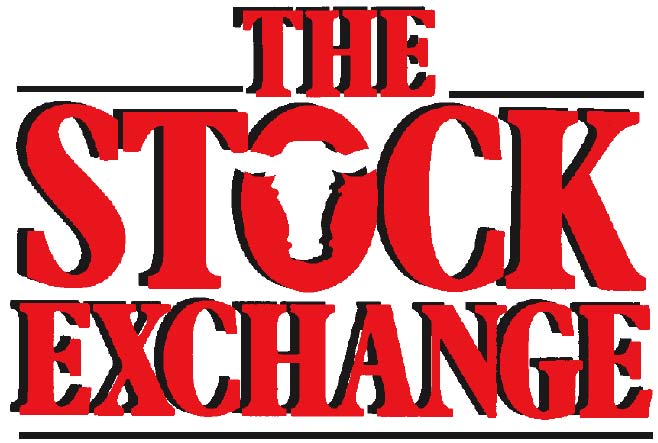USDA Makes it Easier to Feed Kids and Those Who Need Food During the COVID-19 National Emergency
Nationwide waivers grant states the flexibility to allow parent pick-up of meals for kids, ease burdens on local meal provider WASHINGTON, March 26, 2020 – U.S. Secretary of Agriculture Sonny Perdue announced additional flexibilities to make it easier for children, seniors, and individuals with disabilities to get food during the COVID-19 national emergency and remove administrative roadblocks for the dedicated local staff who serve them. These changes are in line with USDA’s commitment…
